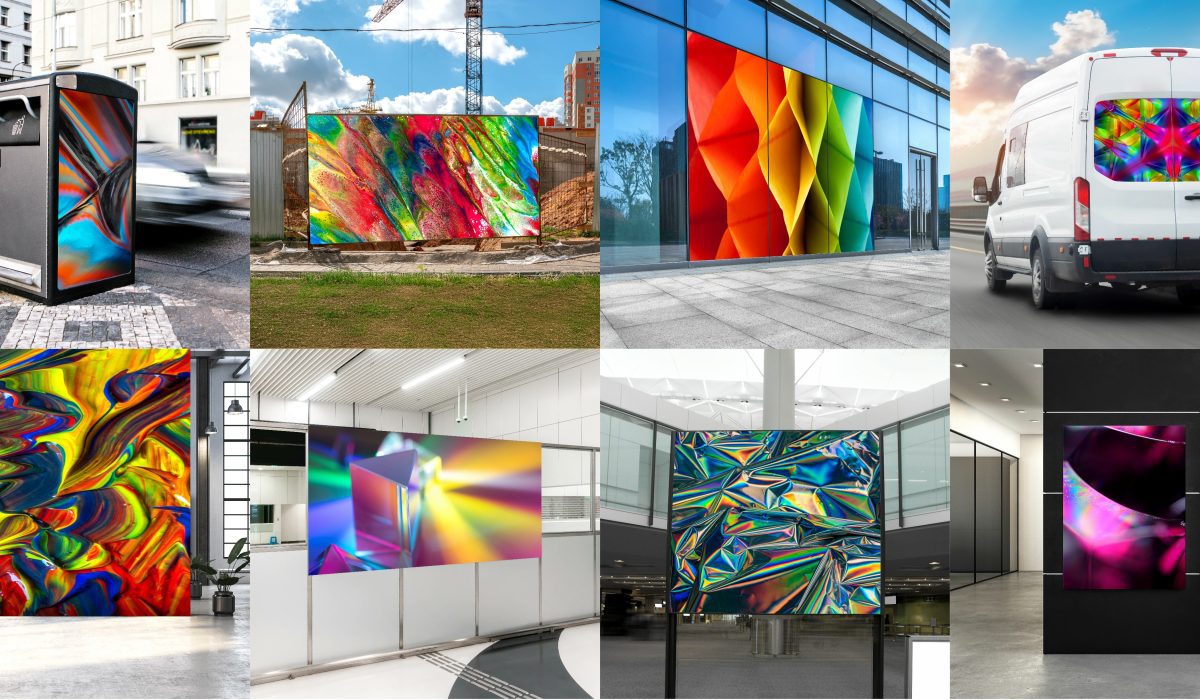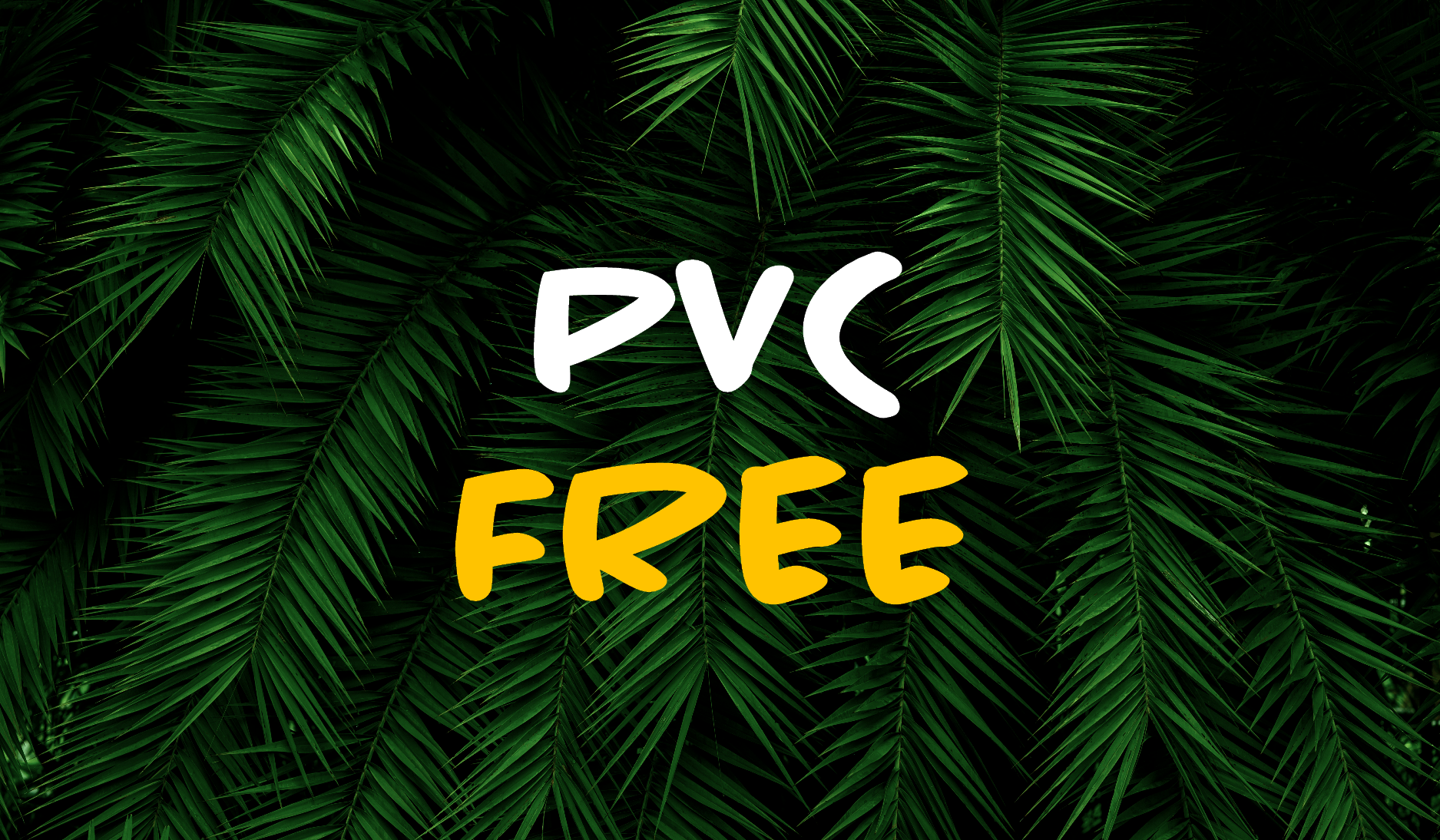We often talk about PVC Free materials – and that’s not a bad thing. But PVC free means more than just what it states. PVC Free is just the beginning.
Once we’ve decided we’re going for PVC Free, you then have to decide what is taking its place, and that opens up a whole new world of possibilities. And most importantly it starts with what the alternative material is made.
You’ve got PET, PE, PP and even Cellulose fibres. While they’re all PVC Free, each one has different properties, and degrees of recyclability that you should be aware of.
PET (Polyethylene Terephthalate or Polyester)
Widely recognised for its durability and lightweight nature, PET is a popular plastic used in PVC free materials. It maintains vibrant colours and sharp details while being resistant to wear and tear when combined with a PVC free coating.
It is generally relatively easy to recycle with schemes being worked on to take it one step further.
PE (Polyethylene)
Offering a versatile range of applications, PE is known for its flexibility, toughness, and resistance to various chemicals. Whether it’s banners, posters, or signage, PE stands as a reliable choice. It does tend to be used for short term applications.
While recycling PE may require specific processes, advances in technology have made it an increasingly sustainable option.
PP (Polypropylene)
With excellent chemical resistance, durability and a wide range of applications, PP has become a staple in the printing industry. It is particularly valuable for applications like outdoor banners and signs due to its weather-resistant properties.
But perhaps the main benefit of PP is that it’s highly recyclable, making it a strong contender for environmentally conscious print projects.
Cellulose Fibres
Derived from renewable plant-based sources like wood pulp or cotton, cellulose fibres represent a revolutionary shift towards sustainable printing. Not only are they biodegradable, but they also have a lower environmental impact compared to traditional plastics.
This is an especially valuable product as an interim solution while recycling infrastructure is improved.
When you’re looking at PVC-free alternatives, it’s also really important to look at the whole life cycle of the material. This means everything from its production, use, to what happens end-of-life. Perhaps most important of all, how easy will it be to recycle the materials, because this will vary by the material you choose.
So by investing the time up front to think about the materials you choose you’re not only ensuring high-quality prints but also contributing to a more sustainable and environmentally responsible printing industry. Each choice brings us one step closer to a cleaner, greener future in wide format printing. View our range of PVC free alternatives today and get in touch with our team today for more information on how you can implement them and make your production processes more environmentally friendly.
Latest blog posts
View all posts5th May 2025
Common Challenges with PVC Free Vinyl and How to Overcome Them
PVC free vinyl is becoming an increasingly popular choice for businesses looking to reduce their environmental impact [...]

15th April 2025
Innotech Expands Range of General Formulation Self-Adhesive Vinyls
After becoming the exclusive UK distributor for General Formulations last year, Innotech are now offering the new GF [...]

11th April 2025
Gary from Print.com is Pets in Print Trophy winner
Innotech Digital and Display announce the winner of this year’s Pets in Print competition is Gary from Print.com. He [...]




